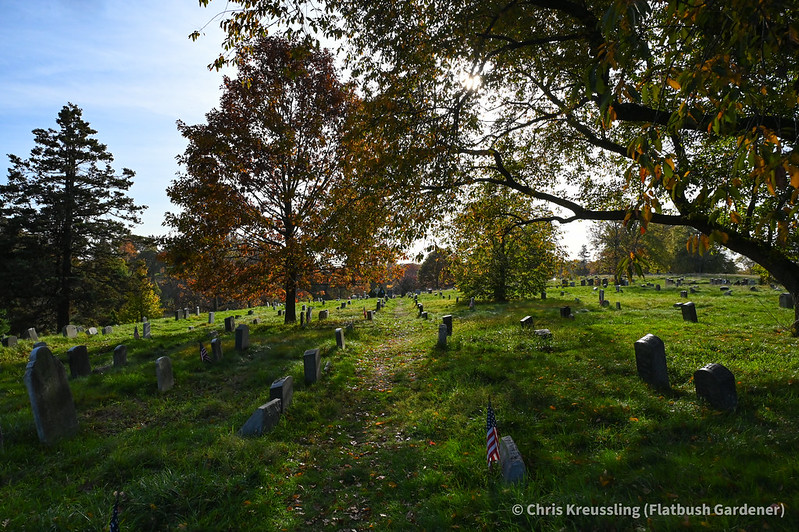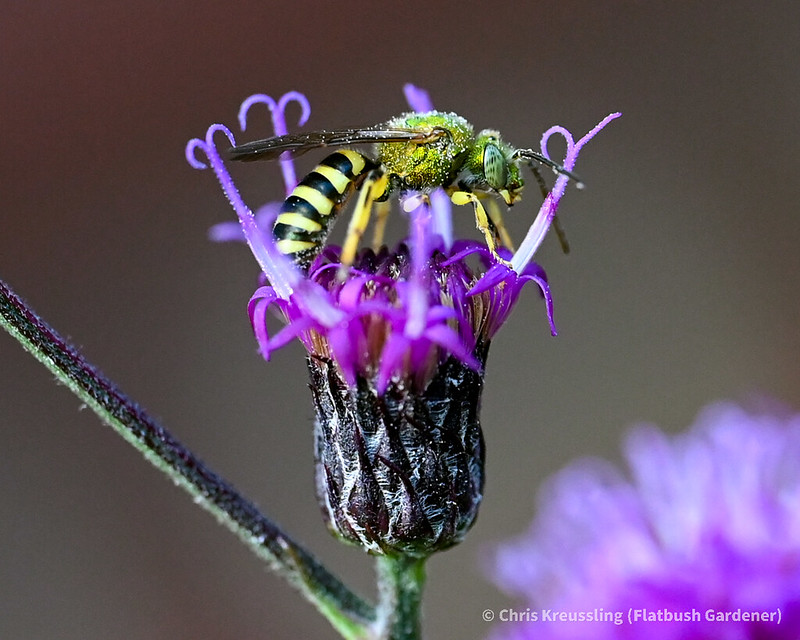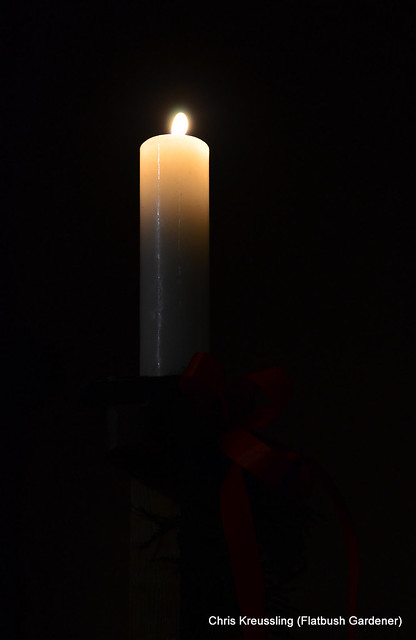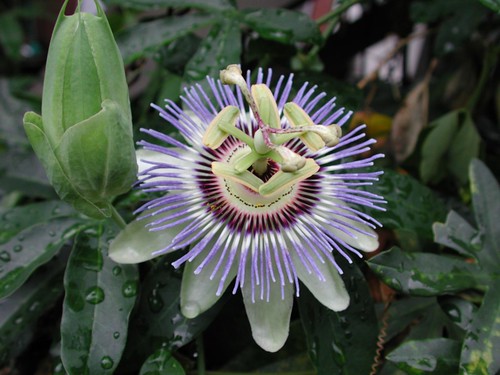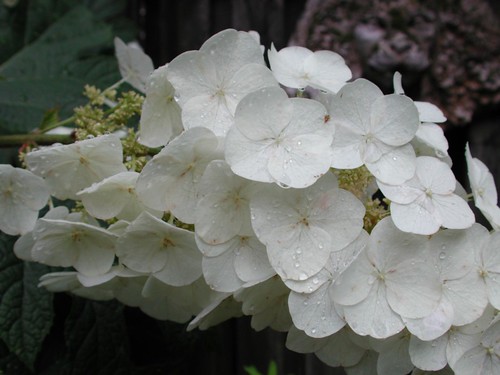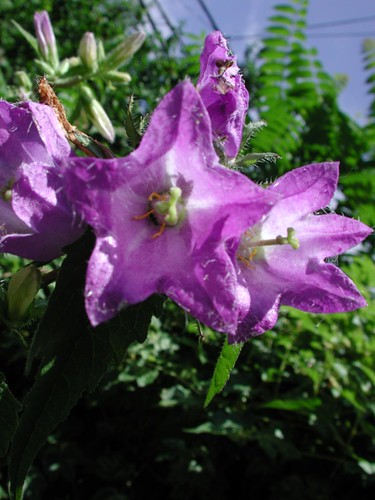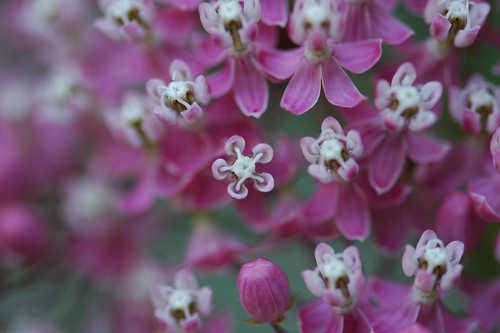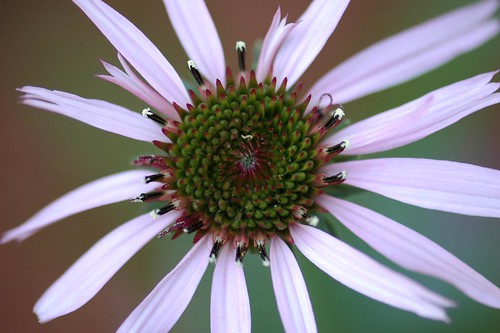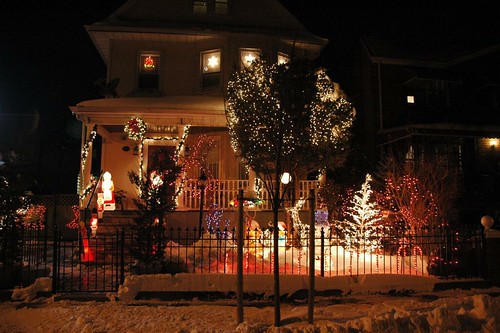These days, I feel like a single candle, cursing the darkness, both literal and figurative.
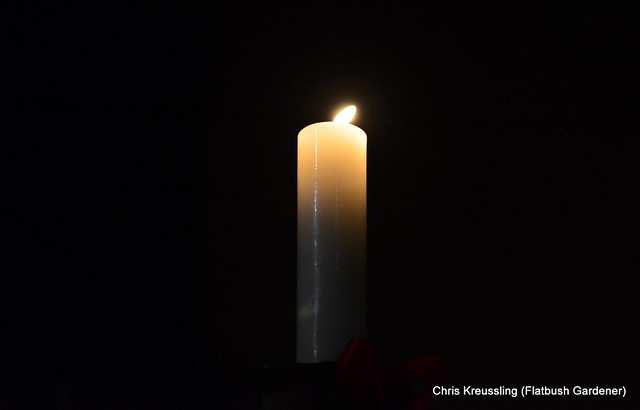
The Anthropocene weighs heavy on my mind, and heart:
- Global atmospheric CO2 (carbon dioxide) concentration has increased 30% in my lifetime, reaching levels that have not been seen for at least hundreds of thousands of years.
- Global climate change is accelerating. We are seeing the effects in more extreme weather events. Our complex earth systems are driven toward chaotic respones by warmer termperatures, greater atmospheric moisture, destablizing air and ocean currents.
- What fossil carbon we haven’t burned, we’ve converted to plastic, contaminating the deepest ocean trenches, and our food supply.
- We are causing the Sixth Great Extinction of species, and life, on the planet.
Not only is there no political will to interrupt our collective psychosis, the kleptocrats insist on doubling and tripling down, forcing ever-wider disparities in wealth and income. As long as they get theirs before the final bell rings, screw everyone else.
Poor Persephone got off easy. She got to leave hell six months of the year.

Persephone with her pomegranate. Dante Gabriel Rossetti – Proserpine (Oil on canvas, 1874) – Tate Gallery, London
This season’s solstice (Winter in the Northern hemisphere, Summer in the Southern), occurs at 22:23 UTC, December 21, 17:23 Eastern Standard Time (UTC-05:00). Etymology: Latin solstitium (sol “sun” + stitium, from sistere “to stand still”)
The name is derived from the Latin sol (sun) and sistere (to stand still), because at the solstices, the Sun stands still in declination; that is, its apparent movement north or south comes to a standstill.
– Solstice, Wikipedia
So we light a candle against the darkness, and try to keep it lit. If I’m feeling hopeful, I might reflect on these lyrics from Peter Gabriel’s song written in memory of Stephen Biko, who would have been 90 this past week:
You can blow out a candle
But you can’t blow out a fire.
Once the flames begin to catch
The wind will blow it higher.
Wishing for peace, wishing you peace, these dark days.

This page has a little MIDI file which bangs out the tune so you can follow the score.
Illumination of Earth by Sun at the southern solstice.
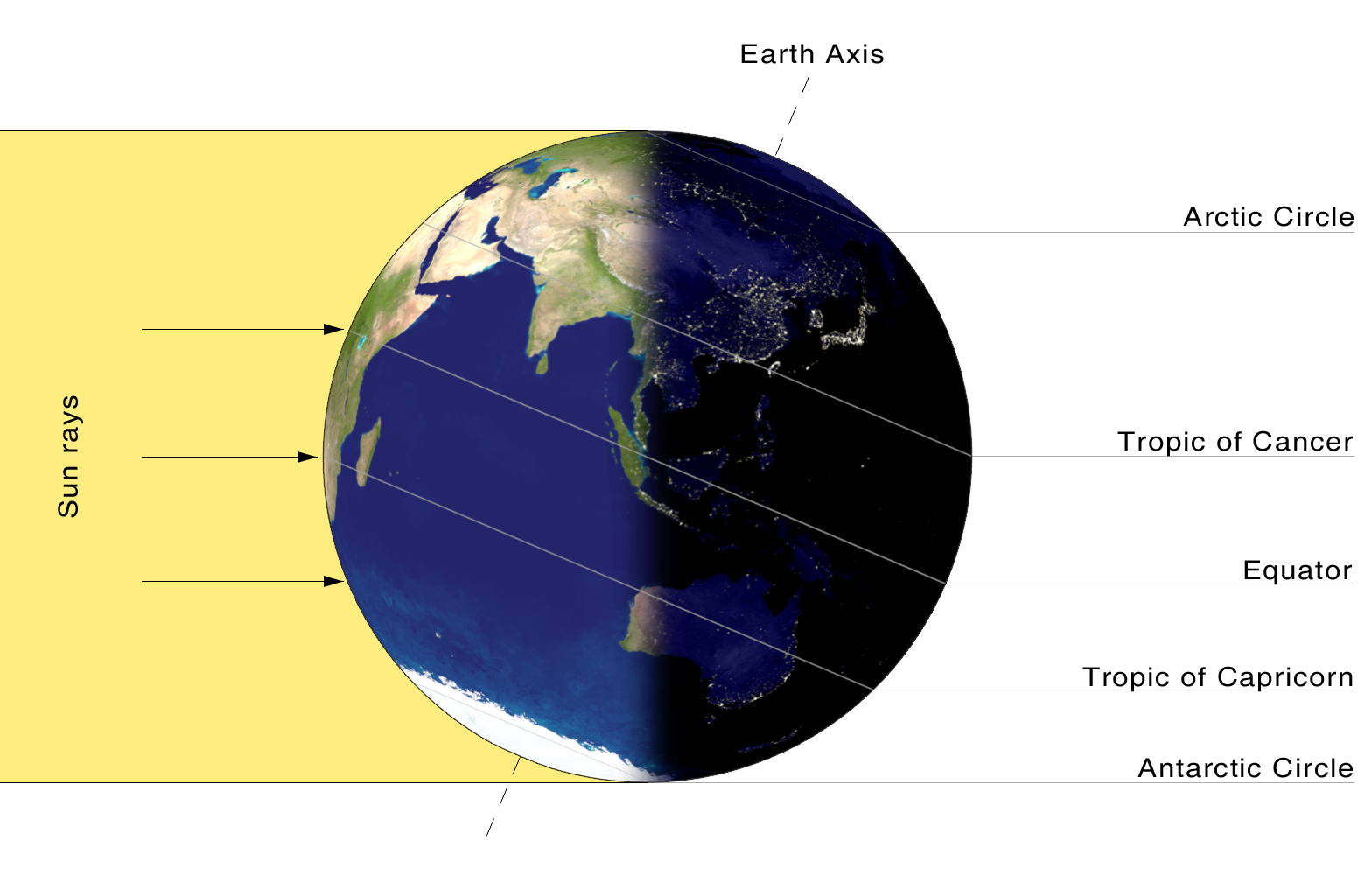
Related Content
Links
Wikipedia: Solstice
